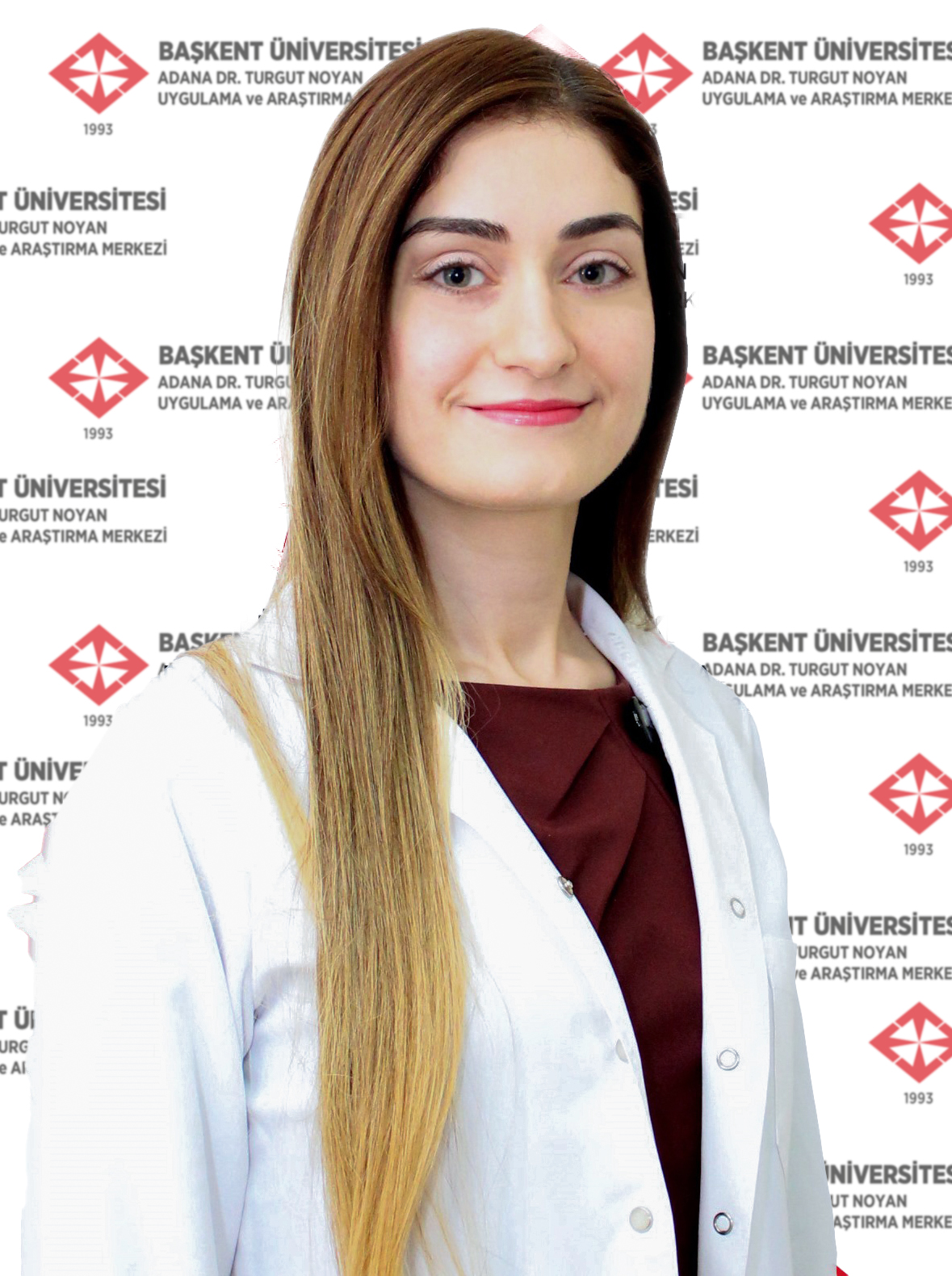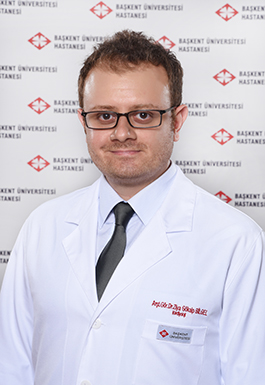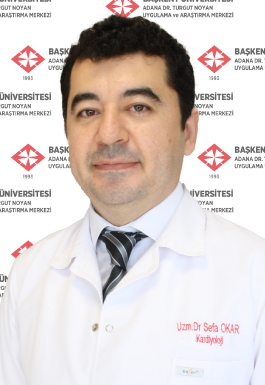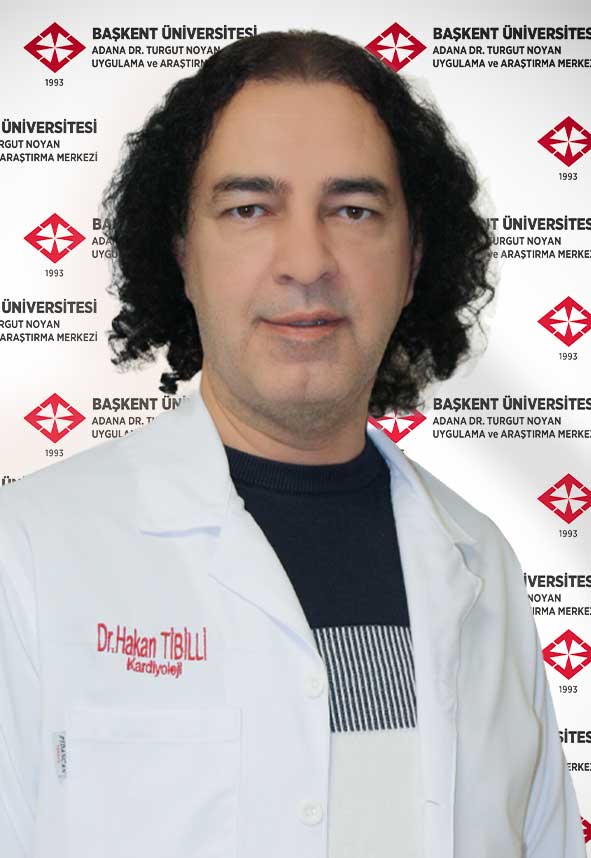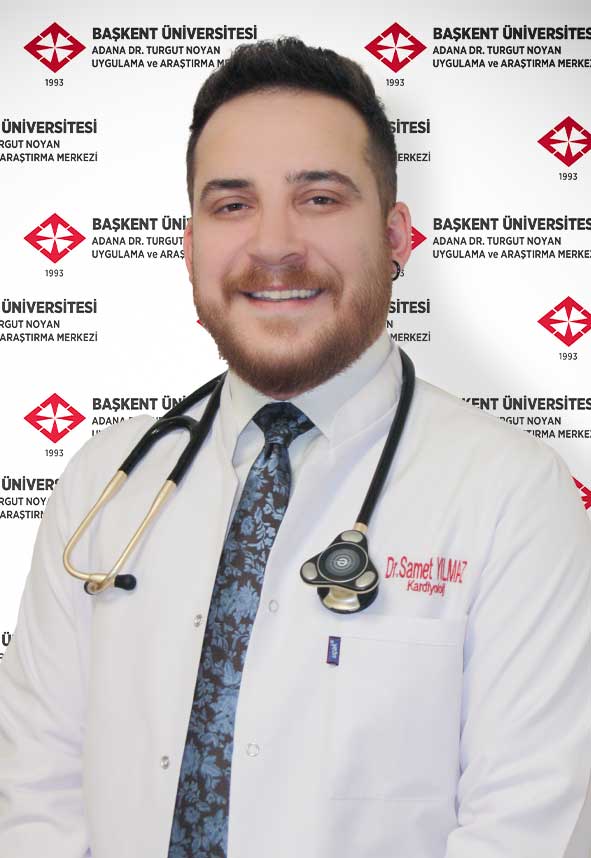Cardiac Computed Tomographic Angiography
Cardiac Computed Tomographic Angiography is a non-invasive imaging technique used to assess the presence and size of coronary artery disease. This method can also provide information about other cardiac pathologies in addition to heart vascular diseases.
A) Electrocardiography - EKG: Recording of the heart's electrical signals onto paper. It is used particularly in the diagnosis and monitoring of heart vascular diseases and rhythm disorders.
B) Echocardiography - ECHO: Used to examine the heart's membrane, muscle, and valves.
C) Transesophageal echocardiography - TEE: Similar to endoscopy, this ultrasound probe is swallowed to obtain more detailed information about the heart from the esophageal vicinity.
D) Ambulatory blood pressure monitoring device: A device used to measure blood pressure during daily activities, worn on the patient's arm for 24 hours to record measurements.
E) Holter monitoring: Used to investigate rhythm disorders, recording all heartbeats during daily activities for 24-48 hours.
F) Treadmill exercise test: Typically used in the diagnosis and monitoring of heart vascular and valve diseases, where the patient walks on a moving treadmill at intervals.
G) Coronary angiography, coronary balloon, and stent applications: Involves accessing the heart's blood vessels via a plastic sheath inserted into the groin or arm artery to visualize the heart's blood vessels using a special dye and captured films. Used in the diagnosis and monitoring of heart vascular and valve diseases. Coronary balloon-stent application is a procedure similar to coronary angiography, where the heart's blood vessels are accessed to open narrowing or blockages with small balloon and cage-like materials.
H) Electrophysiological study (EPS): Conducted in an angiography laboratory to diagnose certain rhythm disorders. It involves placing special cables into the heart through plastic sheaths inserted into the groin and sometimes neck arteries to examine the heart's electrical system in detail.
I) Radiofrequency ablation: Similar to EPS, usually performed after an EPS procedure. Used in the treatment of some rhythm disorders, it involves rendering ineffective an abnormal conduction pathway causing rhythm disturbances within the heart using radiofrequency waves.
J) Implantation of temporary or permanent pacemaker: Involves temporarily inserting a pacemaker from the neck or groin vein, or permanently implanting it under the skin in the chest area to stimulate the heart via wires inserted into the veins when necessary.
K) Implantable cardioverter-defibrillator (ICD): Similar to a permanent pacemaker, an ICD is a device placed under the skin that delivers small shock waves to the heart in certain dangerous rhythm disturbances, aiming to restore normal rhythm.
L) Percutaneous closure of ASD, VSD, or PFO: Procedures to close congenital heart defects such as ASD, VSD, and PFO (congenital heart diseases) by entering through the groin arteries and closing them with special umbrella-like devices.
M) Percutaneous closure of PDA: Involves closing the connection between the aorta and pulmonary artery that should close after birth but remains open (congenital heart diseases) by entering through the groin artery and using a special plug.
N) Percutaneous mitral balloon valvuloplasty: Widening of narrowing in the mitral valve by a balloon inserted from the groin.
O) Percutaneous pulmonary balloon valvuloplasty: Widening of the pulmonary valve using a balloon inserted from the groin.
P) Right heart catheterization and oxygen study: A diagnostic method used in the diagnosis and monitoring of some heart diseases, conducted in an angiography laboratory.
R) Pulmonary reversibility test: Typically used in determining the treatment strategy for congenital heart diseases, performed in an angiography unit.
S) Myocardial perfusion scintigraphy: A diagnostic test performed in a nuclear medicine unit to investigate problems in the heart's blood vessels supplying blood.
Başkent University Cardiology Department provides high level clinic, academic and scientific services day by day since the day it is founded. Up to now, our department has provided retrieving health of thousands of patient, training of many young cardiologists and contributed to the development of medicine with the researches located in the prominent scientific publications. Başkent University Cardiology Department is one of the four institutions that receive the Institutional Specialty Training Program Qualification Certificate of the Turkish Society of Cardiology Qualification Board.
All the clinical implementations in cardiology are applied successfully in our department by using the most recent technologies. Our patients are examined with the world’s latest technologies with constantly renewed echocardiography. Ambulatory electrocardiography recording and event recording devices are helpful to evaluate the complaints of arthmias and palpitations that arise from time to time. Our developed exercise test equipments are used as non invasive method for the diagnosis of coronary artery disease.
Our main target is the prevention of atherosclerosis, hypertension (high blood pressure) and hyperlipidemi (high blood lipids) and prevention of heart health which are the leading cause of mortality worldwide.
The most common cardiovascular disease is coronary heart disease. Also, heart valve diseases are still stand out as an important problem in our country. Our hospital’s heart catheterization and angiography units serve for a very long time for the diagnosis and treatment of these patients. 24 hours of service is given in this extended and improved unit with new equipment that permits current diagnosis and treatment interventions. Faculty members who have worked for a long time in both diagnostic and treatment interventional processes are actively working in heart catheterization and angiography laboratory. About 2000 patients underwent coronary angiography in this laboratory annually. Besides the routine heart catheterization, coronary angiography, balloon angioplasty and stent applications; procedures such as mitral and pulmonary balloon angioplasty, closure of atrial septal defect are successfully performed too. Every new development in the field of interventional cardiology can be directly applied in our laboratory.
Within the heart catheterization and angiography unit, there is also an electrophysiologic process unit for diagnosis and treatment procedures of the patients with arrhythmia and syncope complaints. Hundreds of patients with rhythm disorders are treated with various ablation methods in this unit where the arrhythmia complaints are evaluated. Also, in this unit, several permanent pacemakers, implanted cardioverter defibrillators against sudden heart deaths which is a device like pacemaker and specific permanent pacemakers that support the heart muscle contractions for advanced heart failure treatment are inserted.
Close follow ups, advanced tests and treatments of the patients that need inpatient treatments are carried out in services designed with recent technology or in our intensive care unit.
All these services are provided by cardiology department professors, assistant professors and expert physicians. Patients and their families are in contact with their doctors and get the information about their diseases and they receive their treatment within confidence.





